Their driven need to 'fit the facts around the policy' is illustrated by a couple of recent articles that caught our eye. Here USA Today reports on the findings of a study that claims:
"The middle depths of a part of the Pacific Ocean have warmed 15 times faster in the past 60 years than they did during the previous 10,000 years."Then this BBC article cites "the world's leading experts on ocean acidification", who claim that:
"The world's oceans are becoming acidic at an unprecedented rate and may be souring more rapidly than at any time in the past 300 million years, [...] causing a 30% loss of species in some ocean ecosystems."And, as you can probably guess, these experts are certain that it's all your fault.
By now you know the drill:
You produce too much CO2 ---> this contributes to the 'greenhouse effect' --> planet heats up --> ice caps melt --> sea levels rise, etc...
Take note that the Pacific Ocean data they used to come up with this "warming 15 times faster than ever" claim concerns the middle depths of the Pacific Ocean. Meanwhile, another study published back in August reported that the Pacific Ocean's surface temperatures are cooling. The warming middle depths were attributed to man-made CO2 being "pumped into" the ocean, while the cooling surface layers were attributed to "a natural warm and cold cycle."
What's it gonna be guys? Man-made climate change or a natural cycle? You can't have your cake and eat it!
But apparently they believe they can have it both ways, so the established sequence of cause-and-effect has been amended to the following: an increase in CO2, predominantly or solely caused by man, causes an increase in heat. That CO2 is absorbed by the oceans, which heats them up... except for the surface layers - that's nature's fault!
If we follow their reasoning to its logical conclusion, we would have to believe that the oceans are cooling by absorbing heat that is sinking down to lower layers!
When the lower-than-expected ocean surface temperatures were announced, climate scientists - as superbly economical with the truth as ever - suggested that the naturally-caused cooler surface ocean temperatures had "flattened out" the warmer 'human-caused' atmospheric temperatures and given us the appearance only of a "pause" in global warming!
But remember, in any event, the September IPCC report established that there never were any warmer atmospheric temperatures to begin with, so there was nothing for these cooler surface ocean temperatures to "flatten out"!
It's CO2 Jim, but not as we know it
What there is good evidence for, however, is increased CO2 levels, in both the oceans and the atmosphere.
As we've already noted, the experts are also telling us that ocean acidification, the ongoing decrease in the pH of the Earth's oceans due to increased absorption of CO2, has reached unprecedented levels. Now, it is assumed that this extra CO2 is coming from human activity, via the atmosphere.
But from where, you might be wondering, did they find the hard data to support their "300 million years" claim?
From volcanic vents on the ocean floors:
Emissions of CO2 driving rapid oceans 'acid trip'Notice anything funky about this 'scientist's' understanding of a 'fact'?!
BBC, 17 November 2013
Studies carried out at deep sea vents where the waters are naturally acidic thanks to CO2, indicate that around 30% of the ocean's biodiversity may be lost by the end of this century.
These vents may be a "window on the future" according to the researchers. "You don't find a mollusc at the pH level expected for 2100, this is really quite a stunning fact," said Prof Gattuso. "It's an imperfect window, only the ocean's acidity is increasing at these sites, they don't reflect the warming we will see this century."
[...] The effect of acidity is currently being felt most profoundly in the Arctic and Antarctic oceans. These chilly waters hold more CO2 and increasing levels of the gas are turning them acidic more rapidly than the rest of the world.
The researchers conclude that human emissions of CO2 are clearly to blame.
[Emphases added]
At most, human emissions of CO2 are in the 4-5% range of a gas that makes up 3% of the atmosphere. Humanity's potential contribution to atmospheric CO2 levels is therefore statistically insignificant. Yes we have toxified the entire biosphere in every way imaginable, yes we treat our fellow Earthlings abominably, and yes, there is evidence that CO2 levels are higher than ever observed by modern man, but the notion that one tiny factor in a complex and interdependent system, one that transfers vast quantities of energy around the world, is responsible for the weather extremes and mass animal die-offs we've seen in recent years is utterly absurd.
There is not enough energy - in the form of either CO2 or heat, or both - above water to account for the changes happening underwater, so this energy must be coming from elsewhere. The IPCC's own charts illustrate the problem:
The mental gymnastics Global Warmists undertake to convince themselves that man-made CO2 is responsible for this are breath-taking. Commenting on the above IPCC chart, one green pundit in the Guardian writes:
Can you make out the tiny purple segment at the bottom of the above figure? That's the only part of the climate for which the warming has 'paused'. As the IPCC figure indicates, over 90 percent of global warming goes into heating the oceans, and it continues at a rapid pace, equivalent to 4 Hiroshima atomic bomb detonations per second.Ok... but in line with the September IPCC report, you need to explain to us how 90% of nothing (ie, the non-warming since 1998) translates into those large percentage increases in energy and CO2 in the oceans? Where does that energy and CO2 increase come from, if not from human activity, from land or from the atmosphere? They acknowledge that there is no atmospheric warming, so what then is boiling the oceans?
The answer is staring them in the face.
Rocking and rolling in the deep
A more rational explanation, and one that's far more serious in its implications for everyone today, whatever about people in 2100, is that increased quantities of CO2 and heat are coming up from below, i.e. passing up through the oceans from within the planet, heating and acidifying the planet's oceans.
Volcanism is the most likely culprit here.
The oceans' chemistry and temperature is probably changing due to direct contact with known, observable vectors of CO2, namely increasingly active and newly formed volcanic vents and underwater volcanoes on the sea floor. Volcanic activity has been steadily brewing and increasing above ground for years. Meanwhile, the vast majority of the planet's volcanoes are located underwater. With landslides, rifts and sinkholes opening up - swallowing cars, people and buildings along the way... can we even begin to imagine what is happening on the vast and relatively unexplored ocean floors?
Countless accidental discoveries of underwater vents, volcanoes, plumes and geysers have been made in recent years, many of which we've archived on SOTT. Here's just one example:
Hydrothermal "Megaplume" Found in Indian OceanRemember what the September IPCC report said about all of the allegedly man-made global warming constituting the energy equivalent to "4 atom bombs"? Well here's just one underwater volcano approaching that level of energy all by itself! The volcanoes above water are erupting all over the place, so it's probably safe to assume that, combined with underwater volcanoes, the total energy involved here dwarfs even the IPCC's highest energy estimates for man-made warming.
An enormous hydrothermal "megaplume" found in the Indian Ocean serves as a dramatic reminder that underwater volcanoes likely play an important role in shaping Earth's ocean systems, scientists report.
The plume, which stretches some 43.5 miles (70 kilometers) long, appears to be active on a previously unseen scale.
"In a nutshell, this thing is at least 10 times - or possibly 20 times - bigger than anything of its kind that's been seen before," said Bramley Murton of the British National Oceanography Centre. [...]
"A normal hydrothermal vent might produce something like 500 megawatts, while this is producing 100,000 megawatts. It's like an atom bomb down there."
As we write, the Ring of Fire is super-active, with dozens of new and 'dormant' volcanoes erupting on a weekly basis. New islands formed off Japan and Pakistan in recent months, while new underwater volcanoes are being discovered all the time:
Underwater Antarctic Volcanoes Discovered in the Southern OceanMethane is an even more powerful greenhouse gas than CO2and both are stored in vast deposits in the form of clathrates under the ocean floors, particularly at the poles. These deposits are being ruptured by the increased volcanic activity (and accompanying seismic activity), then dissolving into the ocean depths, and are currently outgassing at levels that have observers seriously concerned because they know from the geological record that this happens during real climate change, which, like a phase transition, builds up to an abrupt and invariably catastrophic climate shift:
Scientists from British Antarctic Survey (BAS) have discovered previously unknown volcanoes in the ocean waters around the remote South Sandwich Islands.
Using ship-borne sea-floor mapping technology during research cruises onboard the RRS James Clark Ross, the scientists found 12 volcanoes beneath the sea surface -- some up to 3km high. They found 5km diameter craters left by collapsing volcanoes and 7 active volcanoes visible above the sea as a chain of islands.
Climate change crisis intensifies: 'Methane levels are going through the roof'We can discount the part about "runaway temperatures" because while the deep layers of oceans may be warming, the upper layers are not, and neither is the atmosphere, and...Newsflash! it is the upper layers of the oceans that carry warmth to land masses! If the upper layers are cooling, what effect do we think that might have on our climate, in the Northern Hemisphere for example? Has no one noticed the severe winters over North America, Northern Europe and Asia over the past few years? In addition, the ice core data tells us that methane spikes are signatures marking the boundaries between glacial and interglacial periods.
Methane, a powerful greenhouse gas which can lead to unchecked and rapid climate change, has been referred to as "the canary in the coal mine" and its release has been theorized to have caused past mass extinctions, known as the the "clathrate gun hypothesis."
Many scientists believe that a sudden release of methane clathrates in the past from the seabed and permafrost led to a sudden rise in global temperatures, also known as "abrupt climate change." Large amounts of methane being released can lead to a runaway process that is irreversible, much like "firing a gun." Abrupt climate change can cause global temperatures to change within a matter of years.
No discussion about the real causes of 'climate change' would be complete without mentioning Earth's celestial visitors. With Comet ISON currently approaching perihelion, and at least four other comets in close proximity, their connection to the dramatic increase in volcanic eruptions and seismic activity in the past couple of days is completely overlooked by the authorities' myopic reassurances that none of them pose a threat to us because we're not directly in their line of sight and ignores the potential for celestial objects to exert influence on our environment indirectly, at-a-distance.
But really, should we expect any different given that NASA et al were caught completely by surprise when the largest comet fragment since Tunguska exploded over southern Russia just 9 months ago?
Comet dust is electrically-charged so it in turn may also be causing the Earth's rotation to slow down slightly, as observed on Venus and Saturn. Such slowing of the rotation could be responsible for reducing the strength of the planet's magnetic field, exposing the planet to more dangerous cosmic radiation and stimulating even more volcanism.
More volcanic activity means more moisture is evaporated, and more dust and CO2 is released into the atmosphere. Combined with a lower, cooler upper atmosphere that is loading with comet dust (a.k.a. 'meteor smoke') from the significant increase in comets reaching the inner solar system in recent years, expect to see even greater weather extremes than we've already had to face in recent years. Eventually a threshold may be reached, at which point heavy rainfall becomes heavy snowfall and ice age conditions set in for the long term.
We say "eventually", but bewarned, a sudden-onset global Ice Age happened very fast the last time around.
In the meantime, disregard the Warmists' tepid scenario of gradual inundation of coastlines over the next hundred years due to non-existent man-made global warming, prepare for the worst and hope for the best.
The climate is changing alright, but it's not warming, and it certainly isn't your fault.
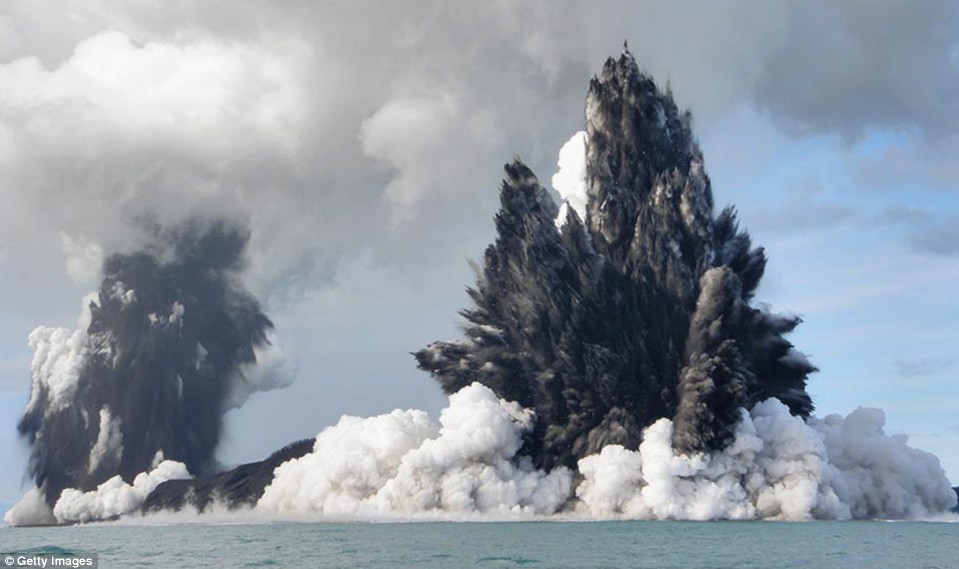

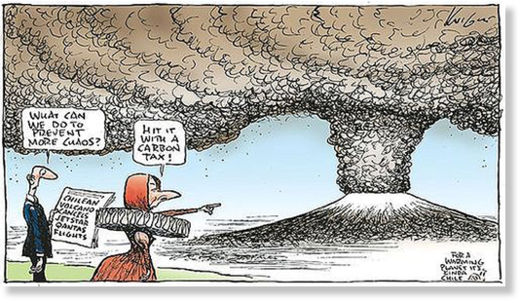
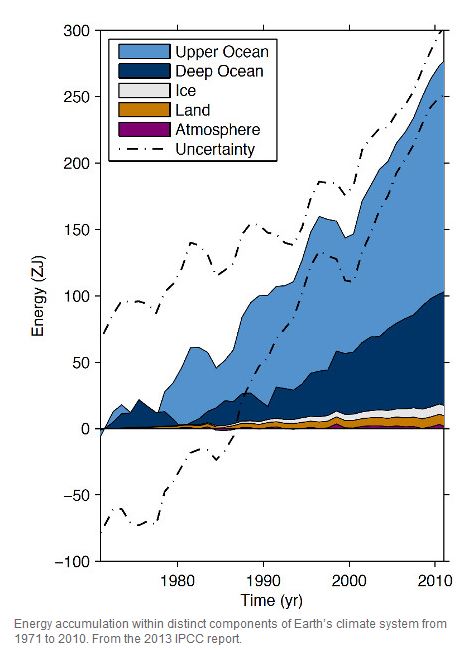
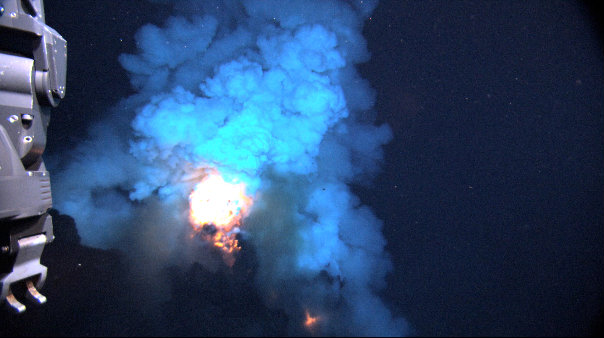
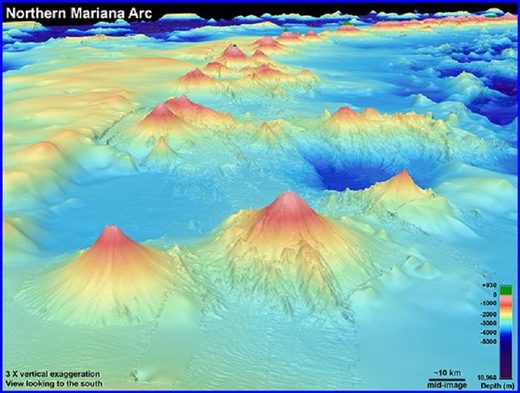



Great article!
It really shows the complexity of climate change and exposes the global warming climate scam with scientific facts. And it also makes it clear that real climate change is happening, one which only very few are prepared for.